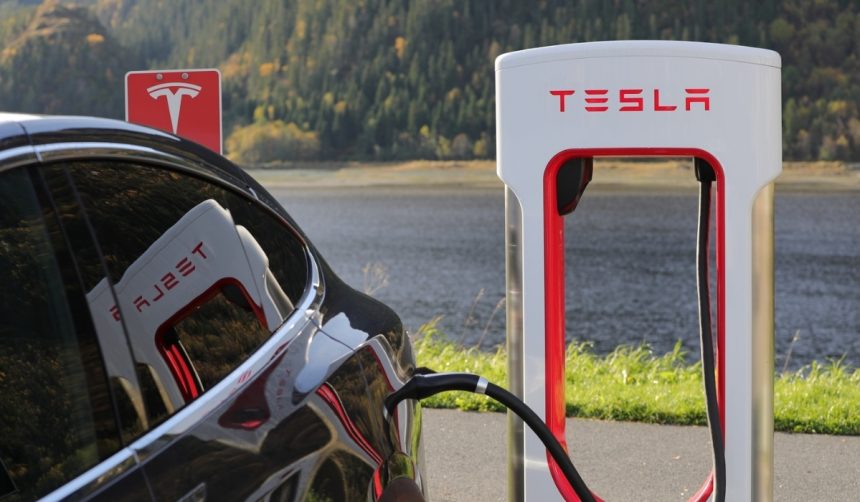Tesla’s ongoing pursuit of the Indian market has marked a new chapter as the company hires Sharad Agarwal, former Lamborghini executive in India, to steer its local operations. India’s sizable automotive sector and increasing appetite for clean energy vehicles make it a highly attractive arena for Tesla’s global aspirations. Despite the complexities of launching in India, Tesla now signals a renewed commitment to local relevance by selecting a seasoned industry insider with deep experience in luxury automobile management. Agarwal’s India-based appointment comes at a time when Tesla seeks stability and direct leadership on the ground, diverging from its earlier model of remotely managing Indian affairs from other Asian offices. Questions remain about Tesla’s next moves, particularly plans for local production, but the leadership shift suggests a focus on adapting to India’s distinct marketplace realities.
Earlier reports highlighted Tesla’s sporadic efforts and management changes as it navigated a host of regulatory obstacles in India. Initially, the company struggled with prohibitive import duties and regulatory delays, often relying on foreign-based management for strategic direction. Past approaches did not yield significant traction, and rival firms that localized their operations managed to establish stronger brand penetration. Agarwal’s appointment represents a shift towards a more localized strategy, indicating Tesla’s willingness to address persistent barriers through nuanced, in-country leadership.
Why Did Tesla Choose Local Leadership Now?
Tesla has refocused its approach after years of attempting to supervise Indian operations from abroad. The choice to position Agarwal within India reflects an understanding of the local business climate, customs, and regulations, which can significantly differ from other Asian or Western markets. This move aims to streamline decision-making, simplify communication lines, and create a direct connection between Tesla and Indian stakeholders.
What Challenges Does Tesla Face in India?
Tesla’s efforts to enter India date back nearly a decade, hindered primarily by high import taxes—reportedly 100 percent at one point—and complex negotiations with the Indian government. Despite expressing strong interest as early as 2016, the automaker faced repeated setbacks with rounds of unsuccessful talks about duty reductions. Only after recent regulatory adjustments, allowing reduced duties for select companies, did Tesla intensify its commitment.
How Might Agarwal’s Background Affect Tesla’s Prospects?
Sharad Agarwal’s background with Lamborghini in India equips him with insights into the challenges of luxury automotive sales in the region. His expertise is expected to reinforce Tesla’s ability to adapt to local consumer preferences and regulatory expectations.
“We believe having leadership on the ground in India enables us to understand and respond to consumers more effectively,” a Tesla spokesperson stated.
While India remains open to the idea of Tesla establishing its own local factory, the automaker has yet to make a firm commitment.
“Our focus is on building strong, lasting relationships with Indian customers and authorities,” Agarwal commented.
Tesla’s strategy to deepen its engagement with the Indian market demonstrates the value of localized leadership for foreign companies seeking long-term growth in complex environments. Regulatory frameworks, tariff structures, and consumer habits can greatly differ across major markets, making on-the-ground management essential for navigating challenges. For readers interested in global expansion or automotive industry trends, Tesla’s experience highlights the importance of adapting to local contexts, assembling experienced teams within target regions, and maintaining close governmental collaboration to address obstacles such as tariffs and regulations.
- Tesla hires ex-Lamborghini executive Sharad Agarwal to lead India operations.
- Local leadership reflects Tesla’s shift towards an in-country management model.
- Entry into India depends on navigating tariffs, regulations, and consumer expectations.








